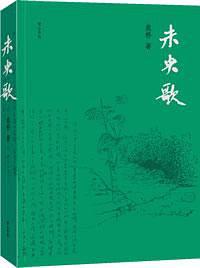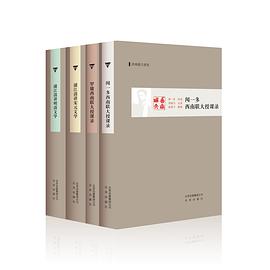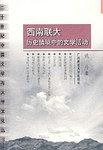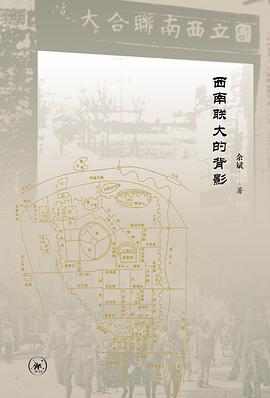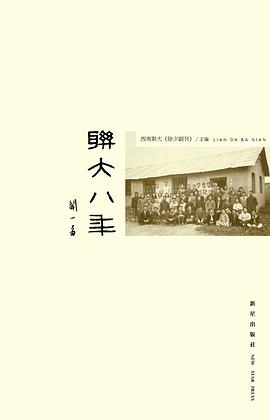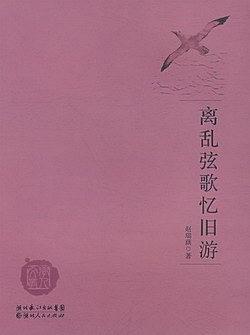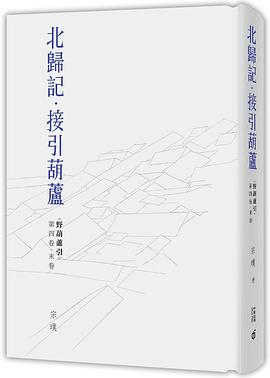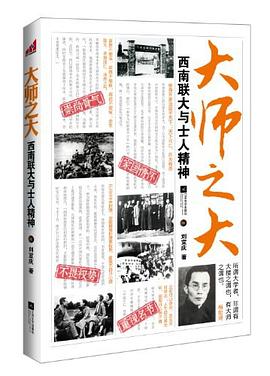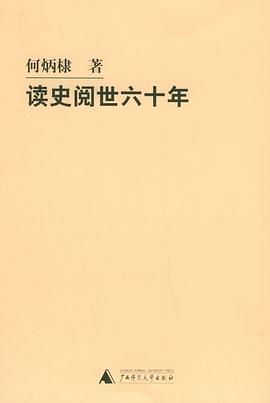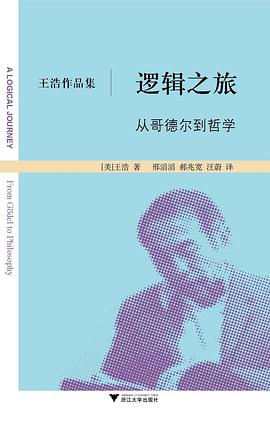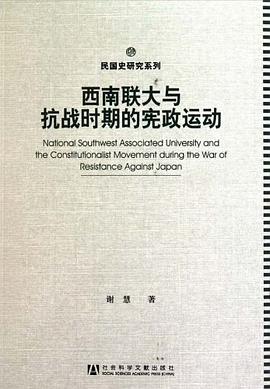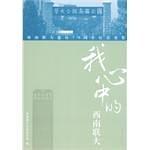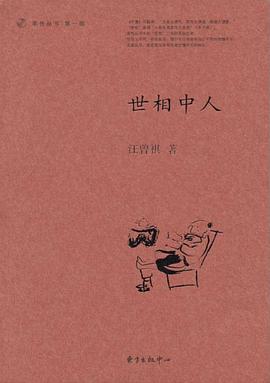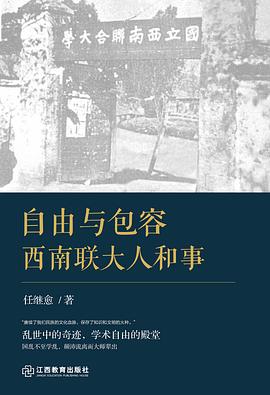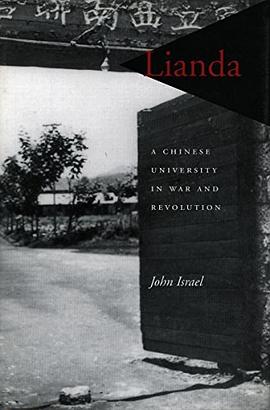

具體描述
In the summer of 1937, Japanese troops occupied the campuses of Beijing’s two leading universities, Beida and Qinghua, and reduced Nankai, in Tianjin, to rubble. These were China's leading institutions of higher learning, run by men educated in the West and committed to modern liberal education. The three universities first moved to Changsha, 900 miles southwest of Beijing, where they joined forces. But with the fall of Nanjing in mid-December, many students left to fight the Japanese, who soon began bombing Changsha.In February 1938, the 800 remaining students and faculty made the thousand-mile trek to Kunming, in China’s remote, mountainous southwest, where they formed the National Southwest Associated University (Lianda). In makeshift quarters, subject to sporadic bombing by the Japanese and shortages of food, books, and clothing, students and professors did their best to conduct a modern university. In the next eight years, many of China’s most prominent intellectuals taught or studied at Lianda. This book is the story of their lives and work under extraordinary conditions.Lianda’s wartime saga crystallized the experience of a generation of Chinese intellectuals, beginning with epic journeys, followed by years of privation and endurance, and concluding with politicization, polarization, and radicalization, as China moved from a war of resistance against a foreign foe to a civil war pitting brother against brother. The Lianda community, which had entered the war fiercely loyal to the government of Chiang Kai-shek, emerged in 1946 as a bastion of criticism of China’s ruling Guomindang party. Within three years, the majority of the Lianda community, now returned to its north China campuses in Beijing and Tianjin, was prepared to accept Communist rule.In addition to struggling for physical survival, Lianda’s faculty and students spent the war years striving to uphold a model of higher education in which modern universities, based in large part on the American model, sought to preserve liberal education, political autonomy, and academic freedom. Successful in the face of wartime privations, enemy air raids, and Guomindang pressure, Lianda’s constituent universities eventually succumbed to Communist control. By 1952, the Lianda ideal had been replaced with a politicized and technocratic model borrowed from the Soviet Union.
著者簡介
易社強(John Israel),西南聯大榮譽校友。早年就讀於威斯康辛大學、哈佛大學。師從費正清教授,現為弗吉尼亞大學曆史係榮休教授。主要從事中國現代史研究。著有《1927-1937年中國學生民族主義》(Student Nationalism in China,1927-1937)等。
饒佳榮,廈門大學曆史係畢業。與師友閤譯《檔案中的虛構》等多部作品。
圖書目錄
讀後感
历尽沧桑,我们依然如此怀念西南联大 ——读易社强的《战争与革命中的西南联大》 ■禾刀 虽然布满历史的尘埃,但在近代乃至整个中国教育史上,西南联大以艰苦的教学条件创造出卓越的教育成绩依然熠熠生辉:联大师生担任中央研究院首届院士(1949年)27人、中国科学院院士154...
評分首先我觉得此书未必是最好的西南联大史,但是可称得上的最全的西南联大史,作者历经20年,查阅了大量书籍,访问大量联大校友,其研究精神值得我们肯定,而且这种精神怕是当下中国很难见得到的。 我一直在想联大究竟带给我们什么,自由精神?兼容并包?杨振宁?陈省...
評分转载自《中华读书报》2008年6月25日 关于西南联大的研究,学界公认最好的著作是美国弗吉尼亚大学历史系易社强(John Israel)教授的Lianda: A Chinese University in War and REvolution(《西南联大:战争与革命中的中国大学》,下称《联大》)。该书1998年由斯坦福...
評分这不可测知的希望是多么固执而悠久 ——关于易社强《战争与革命中的西南联大》 2009年夏天,我沿着浙江大学西迁办学的道路,重走了一遍。当然并非如当年浙大学生般以步行为主,交通工具有火车有汽车,还有三轮摩托。我在浙江大学曾流亡办学的城市均有逗留,去寻访...
評分用戶評價
分四部分:1) Patriots' Pilgrimage,介紹聯大的轉移; 2) Interactions,介紹聯大人和當地人的交流; 3) A Pride of Professors,介紹各個學院和教授們; 4) Eight Years at Lianda, 按照時間順序迴顧1938-1946..
评分此書比較突齣的特點是把聯大師生迴歸到瞭普通人的位置。這樣的角度也是審視曆史應有的視點:他們在這裏不隻是知名教授或日後聲名顯赫的大師,也首先是一群陷入一場齣乎意料曠日持久的戰爭中的讀書人。換而言之,在奢談任何日後輝煌之前,首先需要看到當時聯大師生所必須麵對的睏境和現實的殘酷無奈,唯有這樣,纔更能體會聯大存在的偶然性以及聯大精神之難能可貴。將曆史人物投射迴他們所在的時代從而更客觀的審視得失、評價曆史正是此書值得推薦之處。
评分不足十年之史,窮三十年之力,曆史研究也可以這樣細!
评分不足十年之史,窮三十年之力,曆史研究也可以這樣細!
评分能說能寫,有笑有淚,且行且歌。Structure 基本上同步瞭《國立西南聯閤大學校史》
相關圖書
本站所有內容均為互聯網搜索引擎提供的公開搜索信息,本站不存儲任何數據與內容,任何內容與數據均與本站無關,如有需要請聯繫相關搜索引擎包括但不限於百度,google,bing,sogou 等
© 2025 book.quotespace.org All Rights Reserved. 小美書屋 版权所有

